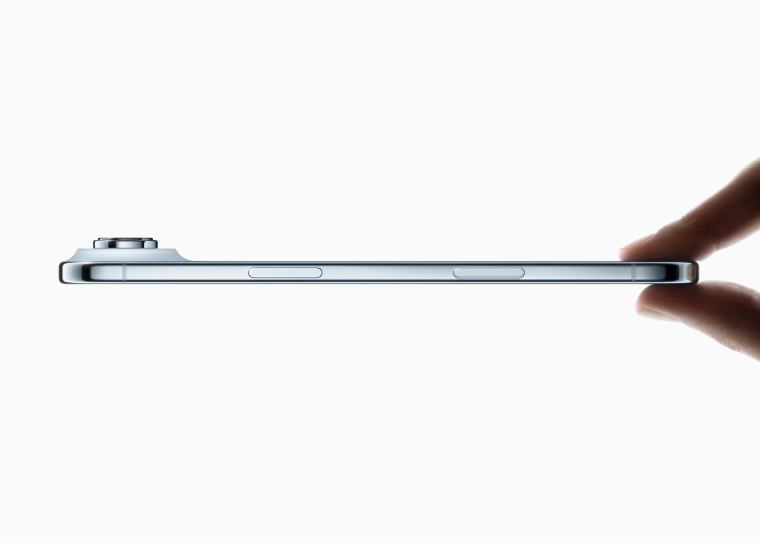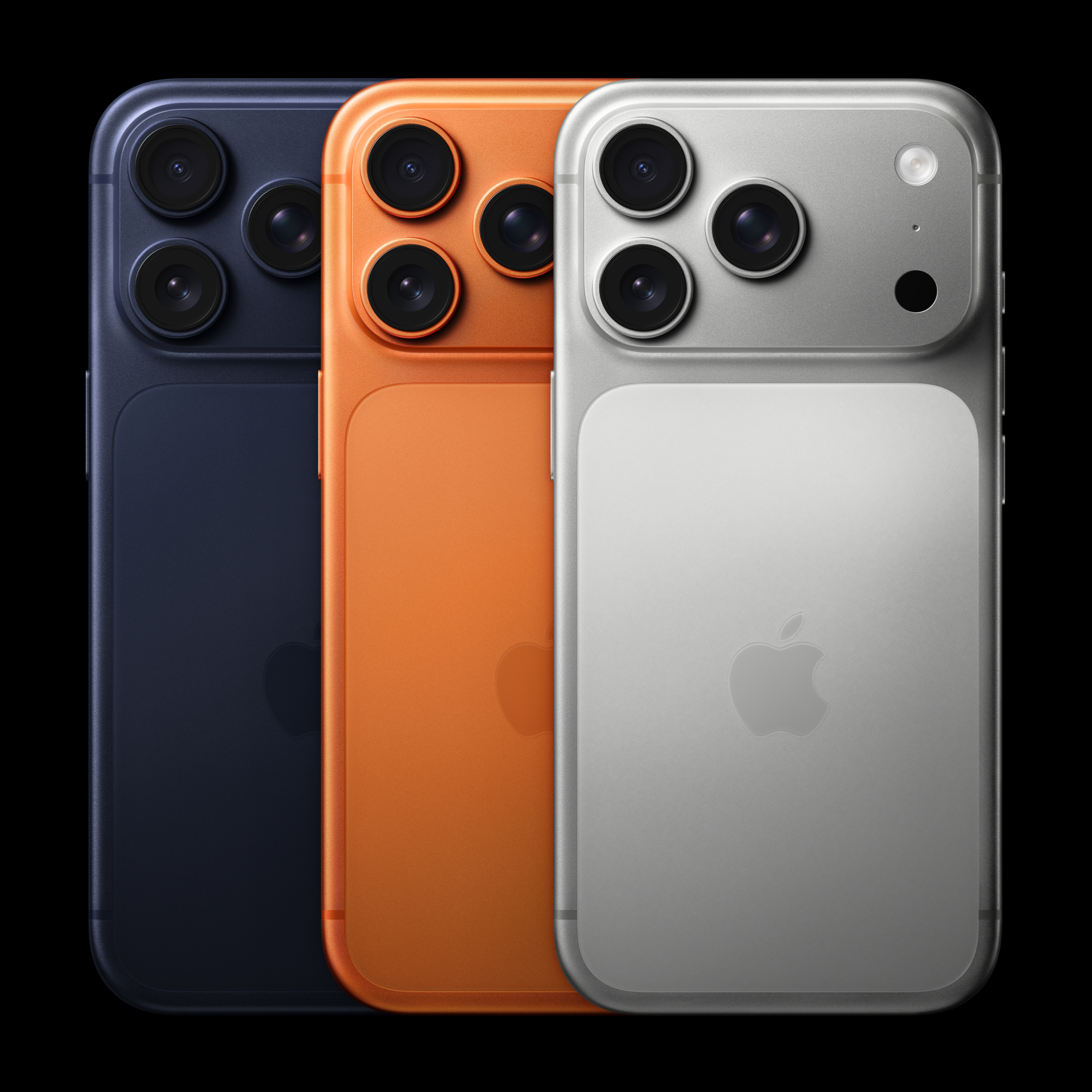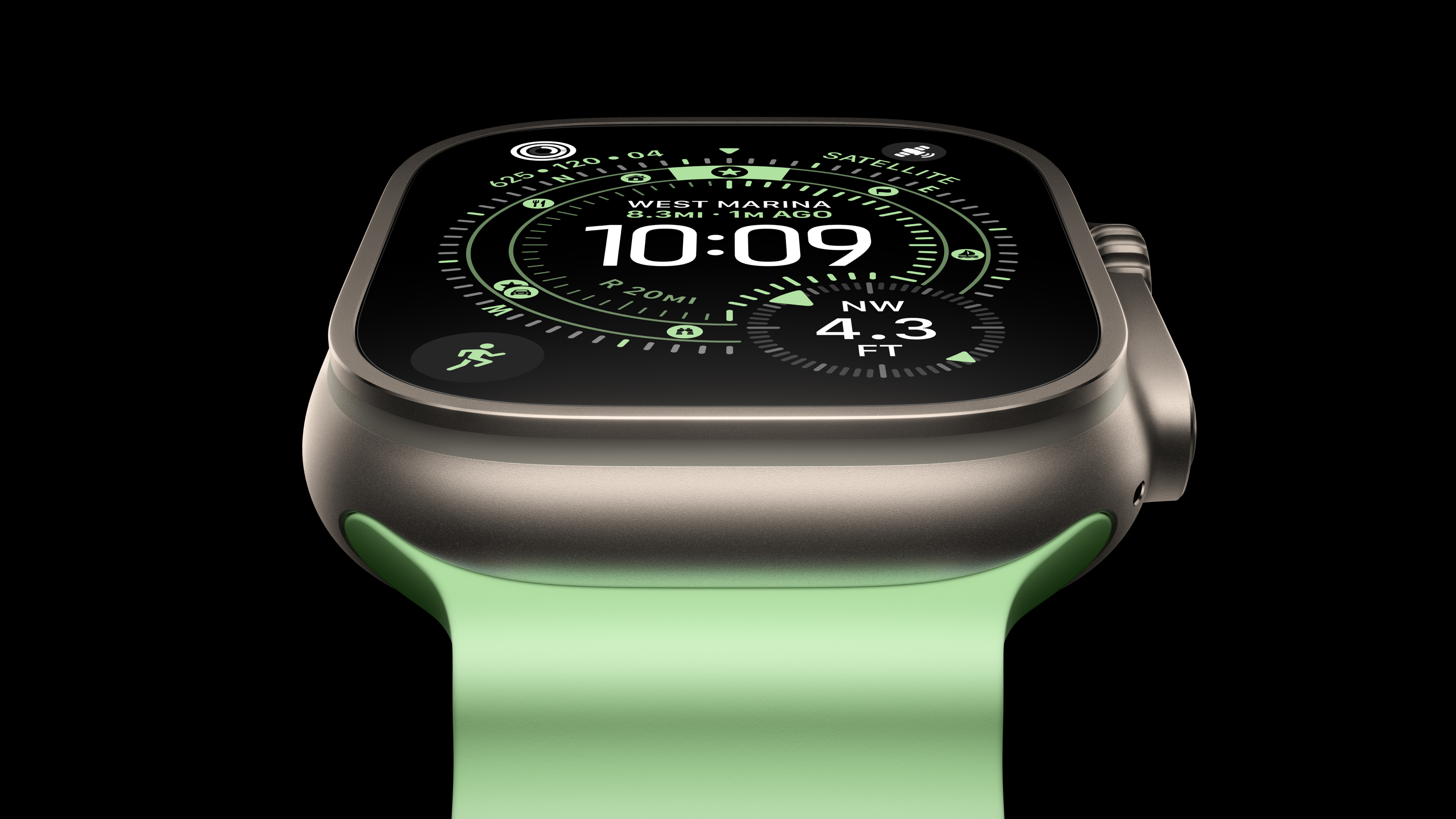
It is the time of year when Apple starts releasing new hardware and software, following its World Wide Developer Conference. If you cover personal tech, it’s a biggie, but at the same time, this year’s “Awe Dropping” event was different from prior ones, as the world is tumbling into economic turmoil with American tariffs, wars and general political instability.
There’s quite a bit of interesting tech in the new stuff, and Apple these days fields a huge range of hardware and software.
Last week’s event saw the new iPhone 17 range arrive, with two differently sized Pro models, and a 6.3-inch screen base device that starts at $1699 for 256 gigabytes of storage. Apple also kept the iPhone 16 Plus, 16 and 16e in the range, and they start at 128 GB of storage.
If you’re thinking about last year’s iPhone 16 and want 256 GB of storage, which is the sensible starting point, believe it or not, it’s the Plus model only, with a 6.7-inch screen, and that’ll be $1899, thankyouverymuchly.
That means settling for the older A18 system on a chip, instead of the newer A19; the screen’s bigger on the iPhone 17, but the 16 Plus is $200 more. First world problems, but the newer device seems better value, particularly as it has the A19 chip. More on that in a moment.
The leaks ahead of the launch were accurate, and the $2149 iPhone 17 Air appeared. It has a thin battery to fit the slim case, and the smartphone electronic bits are all scrunched up at the top, in what is now called a “plateau” and not a bump or a bulge. There’s an A19 Pro chip in the Air, but it’s somewhat detuned compared to the Pro bit in the high-end iPhone 17 Pros. Apple could think of other monikers than Pro, actually.
It’s possible that the iPhone 17 Air is aimed at those rare individuals who combine fashion consciousness with high disposable incomes, but it’s good to see Apple trying to break the smartphone design mould, for a different look.
I’m hoping to get some review devices in, but since I’m a photography nerd the side-eyes are glancing at the Pro range. The three cameras have the same 48 Mpixel resolution as before, but Apple says the can cover macro to 13 mm wide and all the way to 200 mm tele focal lengths.
Meanwhile, the multi-aspect (so you don’t need to hold the phone in landscape mode) selfie shooter is designed with TikTok in mind.

iPhone 17 Pros can now have up to 2 terabytes of storage as well. That doesn’t seem to be enough to shoot at 4K / 120 frames per second without fast (440 Mbyte/s writes) external storage.
The iPhone 17 Pro range has a USB-C connector that supports USB 3.2 with 10 Gbps speed for that reason, whereas the other iPhone 17s stick to USB 2.0 with 480 Mbps max. It looks like 8K video on the iPhone Pro will have to wait a while longer though.
Along with the Pro range, the iPhone 17 Air has 12 GB of memory. This is up from 8 GB on the 16 Pros, and most likely to provide space to run artificial intelligence locally on the devices.
On top of the iPhones, there are new Watches, including the Ultra 3, ditto the AirPods Pro 3 earbuds, both of which I thought would appear last year but didn’t.
The Watches have longer battery life which is very welcome, the S10 chipset which means faster charging (15 minutes for an eight-hour boost), gesture sensing, and 5G support with an eSIM. I may need to nag my telco about sorting out support for the latter feature, actually.

Apple’s pushed the Watches towards health and fitness features, and they can now detect high blood pressure which is validated for those over 22. Not measure it, for that you need a cuff, and it’ll be interesting to see how it works in practice. Well, I’m not going to give myself hypertension to check it out of course.
The AirPods Pro 3 gets better noise cancelling through the new H3 chip, and can measure your heart rate by using photoplethysmography which is a term I didn’t know about until last week. That’s using light to measure blood volume changes.
There’s lots of stuff to go through, most of it under the bonnet of the devices.
New software drops
As I was looking at the loooong list of new and refined hardware, Apple’s final versions of iOS (for iPhones), watchOS, iPadOS and macOS arrived. They’re all at version 26 now for 2026 even though we’re in 2025,, so when you update, the operating system goes from version 18 on iPhones, 15 on Macs, etc to the higher number. All are neatly aligned now, but let’s see how long that lasts.
There’s been pushback against Apple’s new Liquid Glass design language with transparency for the operating system objects, with some people saying it’s ugly and a step backward for usability.
I don’t find Liquid Glass that bothersome, and you can enable Reduce Transparency in the system settings if you do. It’s quite a big change, and there are a few bugs.
Moving things around in app interfaces though, like search boxes … Apple, why did you have to do that? To keep users on their toes? Argh.
Nevertheless, update you should as version 26 comes with a bunch of security fixes. Some weeks ago, Apple had to rush out a point release update to fix an exploited bug, with specific users targeted. The bug didn’t require people to do anything like clicking, only for an image file being sent to their devices, and the vulnerability affected older ones as well.
In security circles, that’s called a zero-day because no warning’s given before it’s being used by attackers. It’s been a mysterious story to follow. First, there was the usual notification that said to update asap, and some days after, it emerged that it was used in conjunction with another bug in Meta’s WhatsApp.
Long story short, expensive to develop and to buy commercial spyware was being installed through the bugs.
A week ago, the French cyber emergency and response team said Apple had notified some customers that their devices may have been compromised. Who, what, where and how was not said, and new information is arriving in dribs and drabs.
This isn’t something that most of us have to worry about unless you’re important enough to have a state-sponsored threat actor burn a rare, million-dollar exploit to break into devices.
Apple is proud of its strict privacy and security approach though, and the combination of iOS/macOS 26 with the newer A19 (and M5 for Macs when it comes out) should make it much harder for said state-sponsored baddies to break in with their sophisticated hacks and “mercenary spyware” as it’s called.
It’s rather brain-meltingly difficult to understand, but Apple has added software and hardware protections that make it much harder to successfully complete a required exploit chain. This is called Memory Integrity Enforcement. Without nerding out too much, most sophisticated hacks rely on memory corruption, which in turn results in unexpected behaviour.
Nothing is perfectly secure, but the A19 MIE which builds on industry efforts in conjunction with UK chip designer Arm and Google, should prevent attempts at corrupting system memory.
For some reason, this made me think of my friend Quinn who tried to fuzz the infotainment system on a review car, and crash it to get a shell, while we were driving down SH1, instead of taking in the scenery. I hang out with the wrong people.
AI speedup on the cards?
Not a huge amount was said about Apple’s artificial intelligence effort at the event, but Live Translations, Visual Intelligence search, Workout Buddy, more Image Playground for picture generation, and the Intelligent Shortcuts builder appeared, running on the devices.
I suspect the company’s saving up some news for the next launch of its personal computers and iPads.
The reason for that is changes made to the Apple Silicon design with tensor cores being added, to speed up matrix multiplication of numbers. Which is what AI uses, just ask Claude or ChatGPT. It’s Nvidia’s forte with their graphics cards, and Apple calls tensors Neural Accelerators.
That’s something I’m quite curious about. On the MacBook Pro with 128 GB of memory, I can run some pretty chunky large language models (LLMs) pretty well. If you can speed up the token generation with the Neural Accelerators, that’s your optimised vibe coding experience right there on the laptop (I’m exaggerating of course).
No foldable this year
No foldable iPhone popped up this year, with rumours saying such a device is due for 2026. Maybe so, rumours being rumours.
The thin battery in the Air ought to work well in a foldable, but I’m guessing Apple’s being a perfectionist and is waiting until the screen meets its super high standards for premium displays. As it is, Apple designs several aspects of the displays it uses, which technology partners then make for the company.
That’s a bit like Apple Silicon designs, which Taiwan Semiconductor Manufacturing Corporation (TSMC) then turns into chips. Rumours have it that Apple will use Samsung’s crease-free foldable screen for the iPhone; if so, there are no leaks so far. There’s the foldable iPad chatter as well, about a new Pro-level premium tablet which might have a big 20-inch screen.
One new piece of electronics, which is curiously important and which arrived this year is the Apple designed second generation CX1 cellular modem chip. It’s said to be faster, better and more energy efficient than the equivalent Qualcomm part, and has gone into the iPhone 17 Air. The Pros still have Qualcomm modems, it seems.
Apple has been suffering modem headaches for many years now, first by being disappointed in Intel’s chips so it went to Qualcomm for better performance gear that supported 5G.
Unfortunately, Apple’s relationship with Qualcomm hasn’t been great to say the least, with legal battles over licensing. Developing a modem that handles 5G has been top priority for Apple. A difficult one to achieve, technically, but it looks like it’s about to happen now, with Qualcomm being dropped over the next few years.
The fast and new Wi-Fi 7 standard is also supported through Apple electronics, with the N1 chip that launches with the A19 equipped devices. There’s been Wi-Fi 7 before in the Apple range, but through using Broadcom chips.
It doesn’t matter so much for New Zealand which only has half the available Wi-Fi 7 bandwidth in the 6 GHz range, but the N1 seems to only support 160 MHz wide signals, and not the full 320 MHz. Long story short here is more bandwidth = much faster wireless network performance.
The N1 chip should carry over to the new Macs that are on the horizon, with the older models having been “stuck” on Wi-Fi 6E for a while.
It’s a solid range of new gear from Apple, which slots into its slick ecosystem in which the devices are well-integrated with each other. There’s more to come, maybe even an upgraded, lighter pair of Vision Pro augmented reality goggles, but probably not anything similar to Meta’s smartglasses for another year or two yet.
The range has grown very big though, in an effort to cover as many price points and niches as possible.
Which means you’ll likely find a device that suits, but at the same time, it’s a strategy which feels out of kilter with Apple's purist approach of a limited number of “insanely great products” development.
4 Comments
We want a big screen and a pocketable phone. Slim doesn't help, nor does it matter. What really helps is a phone that folds in two and fits in guy's tight pant pockets or in small ladies handbags, whilst protecting the main screen when it's folded.
I agree, about the folding phone, that is.
I'm hard on phones, so I usually go for something properly ruggesdised and waterproof - and a lot cheaper.
eg. https://www.unihertz.com/collections/atom-series
I just can't see the appeal of monstrously expensive and pieces of field technology. Kind of a seller's dream: "it's delicate, but that's OK becasue it's also hugely expensive."
I buy the latest but put in the hardest case I can find.....
Here's to the crazy ones. The misfits. The rebels. The troublemakers. The round pegs in the square holes. The ones who see things differently. They're not fond of rules. And they have no respect for the status quo. You can quote them, disagree with them, glorify or vilify them. About the only thing you can't do is ignore them. Because they change things. They push the human race forward. And while some may see them as the crazy ones, we see genius. Because the people who are crazy enough to think they can change the world, are the ones who do.
~ Steve Jobs
Apple has lost their crazy they are now farming with little but incremental advancement, no longer hunters just gatherers.
They IMHO are peak and should be faded vs new players. that said I prefer my second hand macs vs pc's, I rarely buy new myself.

We welcome your comments below. If you are not already registered, please register to comment
Remember we welcome robust, respectful and insightful debate. We don't welcome abusive or defamatory comments and will de-register those repeatedly making such comments. Our current comment policy is here.